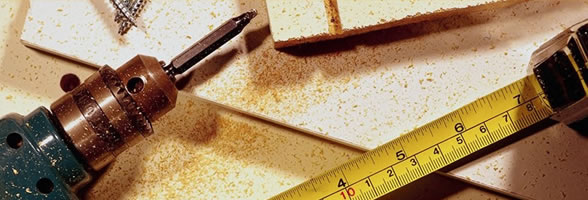
Distinctive immunohistochemical profile of penile intraepithelial lesions: a study of 74 cases
Chaux A, Pfannl R, Rodríguez IM, Barreto JE, Velazquez EF, Lezcano C, Piris A, Netto GJ, Cubilla AL. Am J Surg Pathol. 2011 Apr;35(4):553-62.
- 1. Differentiated
- 2. Warty/basaloid subtypes.
This study was designed to seek an immunohistochemical profile that can be helpful in the classification and differential diagnosis of penile epithelial abnormalities and precancerous lesions using the aforementioned system. The immunohistochemical panel included stains for p16, p53, and Ki-67.
P16 immunostaining, only full-thickness positivity in all epithelial cells was considered as positive.
P53 and Ki-67 immunostaining, patchy or diffuse nuclear positivity above the basal layer was considered as positive.
There seems to be a distinctive immunohistochemical profile for associated and precursor epithelial lesions of the penis.
- SH was p16 and p53 negative, with variable Ki-67 positivity.
- Differentiated PeIN was p16 negative and Ki-67 positive, with variable p53 positivity.
- Basaloid and warty PeINs were consistently p16 and Ki-67 positive, with variable p53 positivity.
The use of a triple p16/p53/Ki-67 immunohistochemical panel was found to be helpful in the classification, differential diagnosis, and morphologic standardization of penile intraepithelial lesions.
